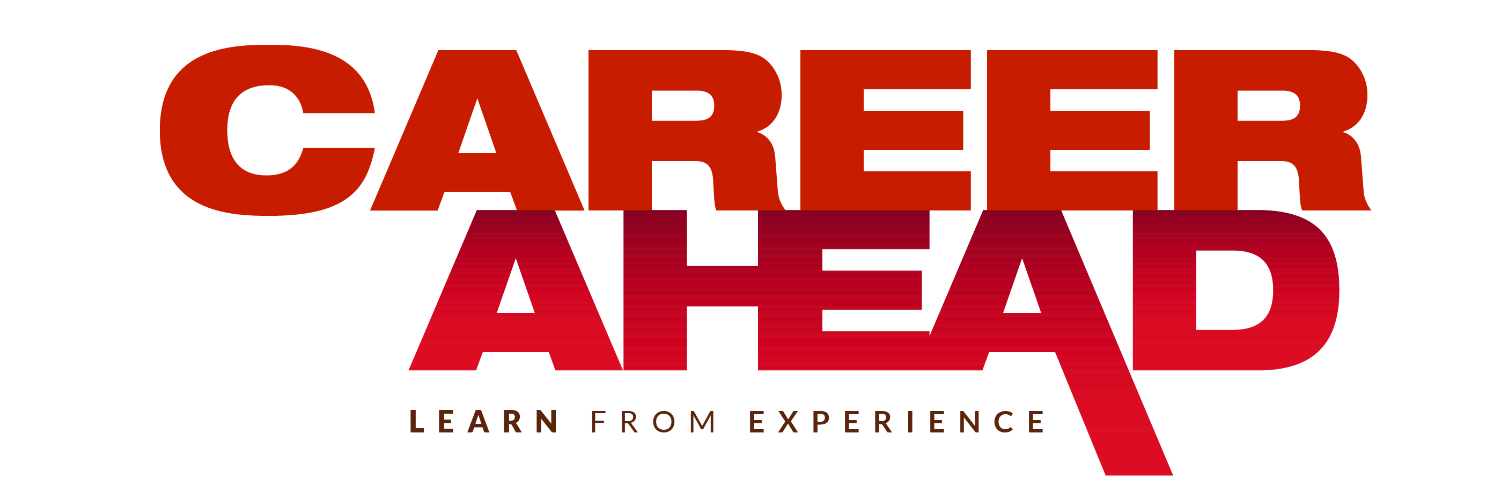No products in the cart.
Career in Martial Arts: From Ancient Dojos to Modern Arenas
From the ancient dojos to the electrifying arenas of today, martial arts have transcended time, offering not just self-defense techniques but also a promising career path. Dive into the evolution, diversity, and the modern-day significance of martial arts, and discover how this age-old discipline has become a global phenomenon.
Martial arts, a discipline deeply rooted in ancient traditions, has evolved to become a global phenomenon. From the disciplined movements of Karate to the fluid techniques of Tai Chi, these arts have been practiced for self-defense, spiritual growth, and physical fitness. But can one truly carve a career out of martial arts in today’s world? Let’s delve deeper into this realm, exploring its potential as a career choice, its influence on popular culture, its various forms, and its current trends.
Historical Significance of Martial Arts
The origins of martial arts are ancient and diverse. The earliest evidence of martial arts dates back millennia, with roots in human aggression patterns that inspired mock combat practices. These practices evolved into an “art” as the concept of martial arts emerged. Specific martial traditions became identifiable in Classical Antiquity, such as shuai jiao, Greek wrestling, and those described in the Indian epics or the Spring and Autumn Annals of China.
In ancient Egypt, paintings dating back to 3400 BC depict scenes of battle, making them the oldest known artistic representation of an organized fighting system. Similarly, in Mesopotamia, reliefs and poems from 3000 BC describe combat using various weapons. In ancient China, the Yellow Emperor, who lived around 2698 BC, wrote treatises on medicine, astrology, and martial arts before becoming China’s leader.
Diverse Forms of Martial Arts
While most people are familiar with Karate, Taekwondo, and Judo, the world of martial arts is vast and diverse:
- Kalaripayattu: Originating from India, it’s one of the oldest fighting systems in existence.
- Capoeira: A Brazilian martial art that combines elements of dance, acrobatics, and music.
- Muay Thai: Known as the “Art of Eight Limbs”, it’s Thailand’s national sport and cultural martial art.
- Silat: A combative art of fighting and survival from Southeast Asia.
- Krav Maga: Developed by the Israeli military, it focuses on real-world situations and practical defenses.
- Sambo: A Russian martial art and combat sport.

Famous Figures in Martial Arts
The connection between martial arts and celebrities is profound. Many actors, for the authenticity of action movies, undergo rigorous training in martial arts. Some celebrities, like Ashton Kutcher, are genuine enthusiasts, with Kutcher owning a BJJ purple belt, training under the renowned Rigan Machado.
Recent news highlights the rise of fighters like Tyson Pedro in the Ultimate Fighting Championship (UFC). Pedro’s recent victory at UFC 293 and his unique sword celebration have caught the attention of many. Another name that resonates in the UFC world is Israel Adesanya, known for his impeccable skills and controversial fights.
From India, martial arts have been an integral part of the culture, with traditional forms like Kalaripayattu originating from the region. In recent times, Indian fighters like Mary Kom, Vijender Singh, Sushil Kumar, and Arjan Bhullar have made their mark in international arenas.
Training and Education
For those looking to pursue martial arts as a career, rigorous training and education are essential. Various institutions and dojos offer structured programs, ranging from beginner to advanced levels. Certifications, belts, and ranks play a pivotal role in a martial artist’s journey, often determining their expertise and teaching capabilities.
Health and Fitness Benefits
Martial arts are not just about combat; they offer a plethora of health benefits. Regular practice can lead to improved cardiovascular health, enhanced flexibility, better balance, and increased strength. Mentally, it aids in stress reduction, boosts self-esteem, and enhances focus and discipline.
Challenges in the Career
Like any other profession, martial arts come with its set of challenges. Physical injuries are common, and the constant need to upgrade one’s skills can be demanding. Mental challenges, such as handling defeat or managing performance pressure, especially at higher competitive levels, are also part of the journey.
Role in Popular Culture
Martial arts have significantly influenced movies, video games, comic books, and even reality shows. The portrayal of martial arts in media has played a crucial role in its global popularity. Characters like Bruce Lee, Jackie Chan, and Jet Li have become global icons, bridging the gap between Eastern and Western cultures.
Martial Arts and Technology
The digital age has transformed martial arts training. Virtual dojos, online tutorials, and training apps have made learning more accessible. Wearable tech, like smart gloves and headgear, can now track performance, measure impact, and provide real-time feedback.
Diversity and Inclusion
Martial arts have seen a surge in female practitioners and champions. Women like Ronda Rousey and Angela Lee have shattered stereotypes, proving that the martial arts arena is not just a male-dominated space. Furthermore, martial arts schools worldwide are becoming more inclusive, offering classes for people of all ages, backgrounds, and abilities.
Current Trends and Insights
A recent interview with Shahar, a Krav Maga Instructor and founder of 3SIXZERO, sheds light on the current state of martial arts. Shahar emphasizes that Krav Maga is not a sport or a traditional martial art but a battle-tested self-defense system. He states, “People need to remember, Krav Maga is not a sport, it’s not a traditional martial art – it is a battle-tested proven self-defense system being used successfully by hundreds of thousands of people and security forces around the globe.” Shahar’s perspective on Krav Maga is that it doesn’t rely on history or a larger philosophy. Instead, it’s a focused combat system that provides people with the skills to protect themselves and others. He also mentions that many techniques being taught nowadays are what he calls “YouTube techniques” because they work only on YouTube. In real life, situations are more chaotic, and the simplest techniques tend to work the most effectively.

Income Potential and Career Avenues
While a top-tier UFC fighter can earn millions per fight, martial artists have other avenues too. They can become instructors, open their own dojos, or even venture into stunt work for movies. National team members often receive government support, sponsorships, and training stipends.
The business aspect of martial arts is booming. Franchising dojos, selling merchandise, and brand endorsements offer lucrative opportunities. According to recent statistics, the global martial arts market is expected to grow exponentially, with Asia-Pacific regions witnessing the fastest growth.
Scope in National Teams, Games, and Worldwide
Martial arts have found their place in international sports events like the Olympics. Judo, Taekwondo, and Karate are Olympic sports, offering martial artists a platform to represent their countries and earn international acclaim. National teams often have rigorous selection processes, but being a part of one can lead to sponsorships, training opportunities, and a chance to compete at the highest level.
Private clubs, leagues, and organizations play a crucial role in promoting martial arts. For instance, the UFC is a premier organization for MMA. In Asia, ONE Championship is making waves. These organizations offer fighters a platform to showcase their skills, earn a living, and build a brand.
Martial arts, with its rich history and diverse forms, offers numerous career opportunities. Whether it’s competing in the UFC, teaching in a local dojo, or performing stunts in Hollywood, the world of martial arts is vast and ever-evolving. With dedication, passion, and the right guidance, one can indeed carve a successful career in this ancient discipline.
Author
-

Career Ahead, the flagship handle of Career Ahead Magazine, is dedicated to molding the next generation of professionals and entrepreneurs. Our mission is to educate and inspire today's ambitious minds to become the icons of tomorrow. As the ultimate tool and resource, we cater to young students, budding entrepreneurs, and innovative startups, providing them with the knowledge and inspiration needed to navigate their paths to success. Through in-depth articles, insightful analysis, and inspiring stories, Career Ahead empowers its readers to forge their futures in the ever-evolving world of work and enterprise.
View all posts












